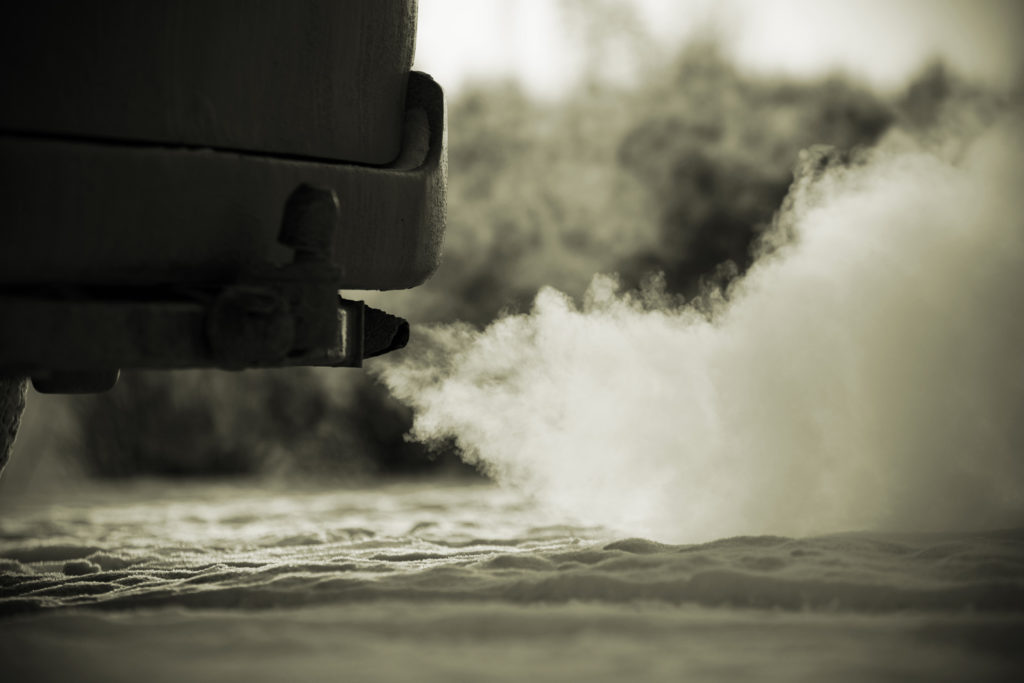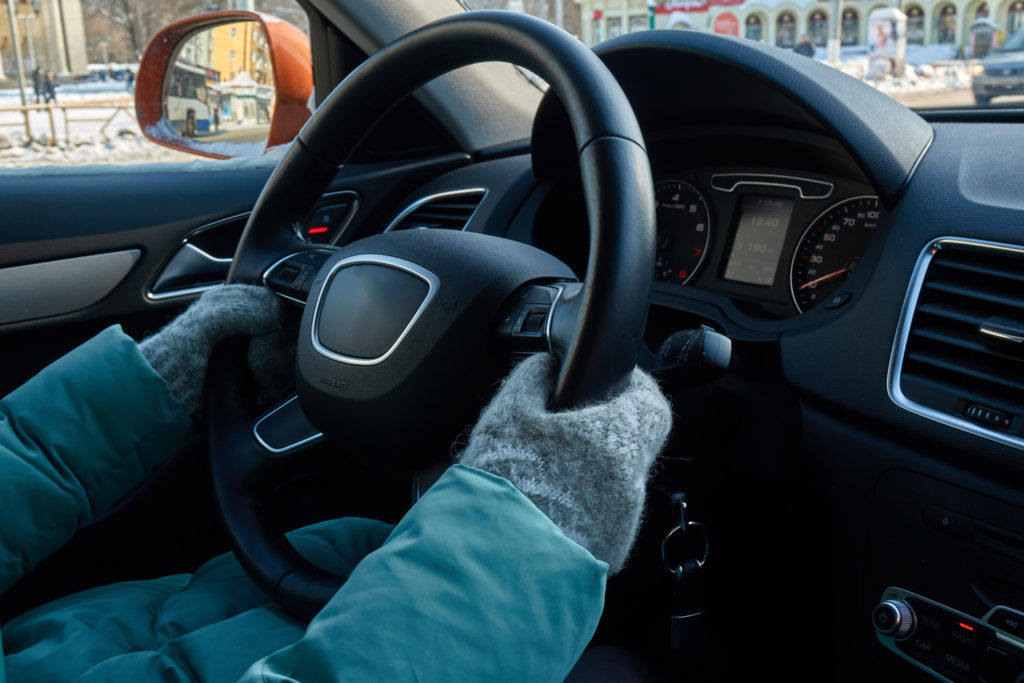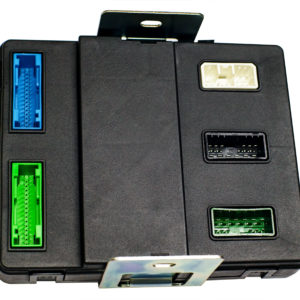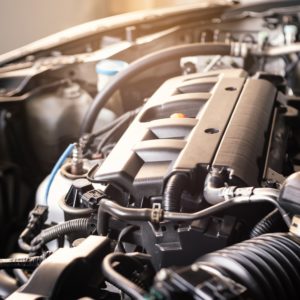Let’s be real. Everyone is guilty of idling at some point. The average American lets their car idle for approximately 16 minutes each day. Half of that time is spent waiting or warming up their vehicles. But just because most drivers do it doesn’t mean it’s a good idea. Here are some reasons why you shouldn’t leave your car idling for more than ten seconds.
What Happens if You Leave Your Car Idling?
Suppose you’ve left your car idling. Your engine will continue to run and consume fuel by the second. Just two minutes of idling can consume enough fuel for one mile’s worth of driving. How much fuel is wasted depends on your vehicle. An idling car wastes between 1/5 and 7/10 gallon of gasoline every hour. An idling diesel truck burns about a gallon of fuel each hour. Diesel prices have more than doubled since 2009 from $2 to $5. That’s about $5 wasted every hour. Considering the current gas crisis, you definitely don’t want your fuel to go to waste.
You may have heard that idling saves more gas than turning your vehicle off and on again. That might have been true back then when cars had carburetors. However, newer cars with fuel injection require less fuel when they start up. You’re actually wasting fuel when you leave your car on idle instead of restarting the engine. This is because the vehicle’s air-fuel mixture uses more fuel than air while idling to keep combustion going. The oil and coolant in the system also won’t circulate as efficiently as the vehicle idles.
Another issue is that air intake temperature in the engine is high. When the vehicle is in motion, fresh air gets pushed into the intake. When a car is idling, there’s no forward motion to push in more fresh air. The hotter air is less oxygen-dense and the engine operates less efficiently when using it.

Can Idling Damage Your Car?
Engine idling is unlikely to damage a modern fuel-injected vehicle because the computerized engine management system precisely meters fuel under all operating conditions. But because idling wastes fuel and increases tailpipe emissions, doing so is not recommended.
Older vehicles without these engine management systems might experience premature engine wear if they’re often left idling.

Do You Need Idling to Warm Up Your Car?
Some drivers believe that they need to warm up their cars by letting them idle for 20 minutes or longer. This isn’t necessary for modern vehicles with fuel injection systems. Fuel-injection technology optimizes performance by automatically compensating for changes in ambient air temperature. Driving is the most efficient way to warm up your engine.
What Can Idling Do to Your Health and The Environment?
According to the Journalist’s Resource, vehicle emissions are responsible for half of the country’s carbon monoxide pollution and one-third of all nitrogen oxide pollution. These emissions also account for ten percent of all fine particulate matter emissions. A report from the Environmental Protection Agency (EPA) shows that a typical vehicle produces 4.6 metric tons of carbon dioxide every year. An idling vehicle emits the same amount of pollutants as a moving vehicle. Just ten minutes of idling produces a pound of carbon dioxide. Americans waste about 3.8 million gallons of gasoline every day by idling their vehicles. Carbon emissions contribute to global warming, which has the potential to cause environmental disasters. Some policymakers have taken steps to reduce the amount of greenhouse gases in certain states.
Carbon monoxide can rise to dangerous levels in enclosed spaces like garages, so make sure that you’re in a well-ventilated area if you have to idle your vehicle. Leaving your vehicle to idle in an enclosed space can create a deadly concentration of carbon monoxide, which is incredibly dangerous for you, your family members, and any pets.
Is Idling Illegal?
Many states have established anti-idling laws. For example, in Washington D.C., gas or diesel-powered motor vehicles are prohibited from idling for more than three minutes. First-time offenders can be fined $500. Meanwhile, California requires school bus drivers to turn off their vehicles upon stopping and prohibits buses from idling for more than thirty seconds before departing.
Here’s a list of states that currently prohibit idling: Arizona, California, Colorado, Connecticut, Delaware, District of Columbia, Georgia, Hawaii, Illinois, Louisiana, Maine, Maryland, Massachusetts, Minnesota, Missouri, Nevada, New Hampshire, New Jersey, New York, and Ohio.

What Should You Do Instead of Idling?
Idling can be unavoidable when you’re sitting in traffic. However, if left unchecked, idling can become habitual.
Here are some tips you can follow to avoid idling your vehicle.
Restart Your Engine
You can save more fuel by turning off your ignition when you have to stop your vehicle for a while. If you find yourself waiting in the drive-thru, for example, you can try shutting off your engine. Modern engines don’t need a lot of fuel to start back up, so you don’t have to worry about running out of juice. Some vehicles have automatic start-stop systems that stop the engine when it reaches 0 mph and the brake pedal is depressed.
At worst, shutting off and restarting your vehicle’s engine repeatedly will add more strain to its battery. There are no other negative effects, so if it’s between idling and restarting your vehicle, it’s safe to restart and won’t damage your vehicle’s engine.
Drive to Warm Up Your Engine and Cabin
Modern fuel-injected engines don’t require idling to warm up. The fastest way to warm up your engine is by driving and avoiding excessive engine revving. It only takes a few seconds for your engine to warm up. The heater system will also start working more quickly if you start driving.
Driving around to warm up your vehicle’s engine is much safer than leaving it idling in your driveway as well. Car thieves will have an easier time driving off with your vehicle if you leave it unattended in the driveway.
In the end, it is bad to leave a car idling unnecessarily and for too long. While idling won’t damage your vehicle, it will still cause environmental damage and can harm your health if you idle your vehicle in an enclosed space. While you can’t avoid idling forever, there will be instances when you can choose better alternatives like restarting your vehicle or driving around.
Any information provided on this Website is for informational purposes only and is not intended to replace consultation with a professional mechanic. The accuracy and timeliness of the information may change from the time of publication.
































